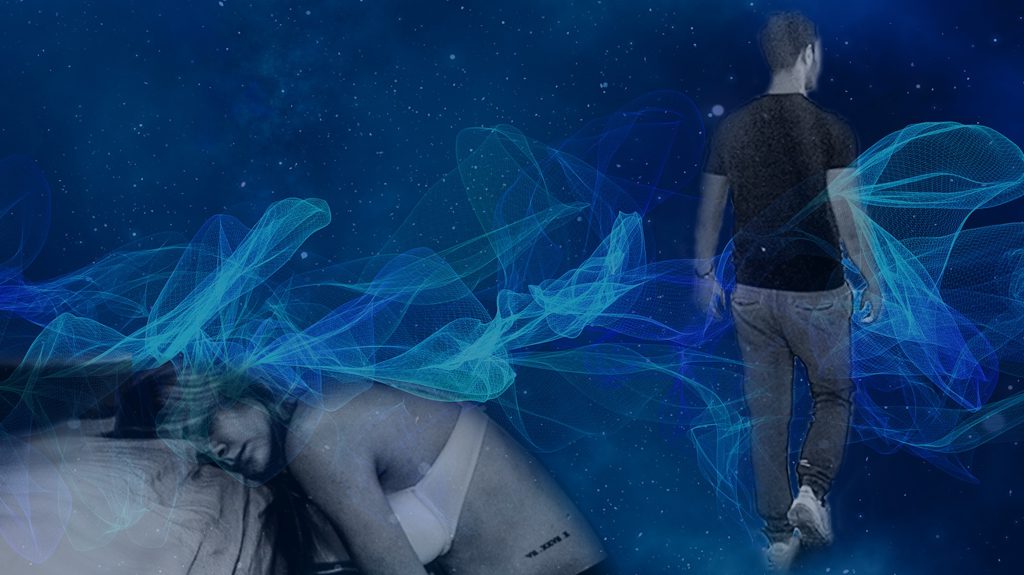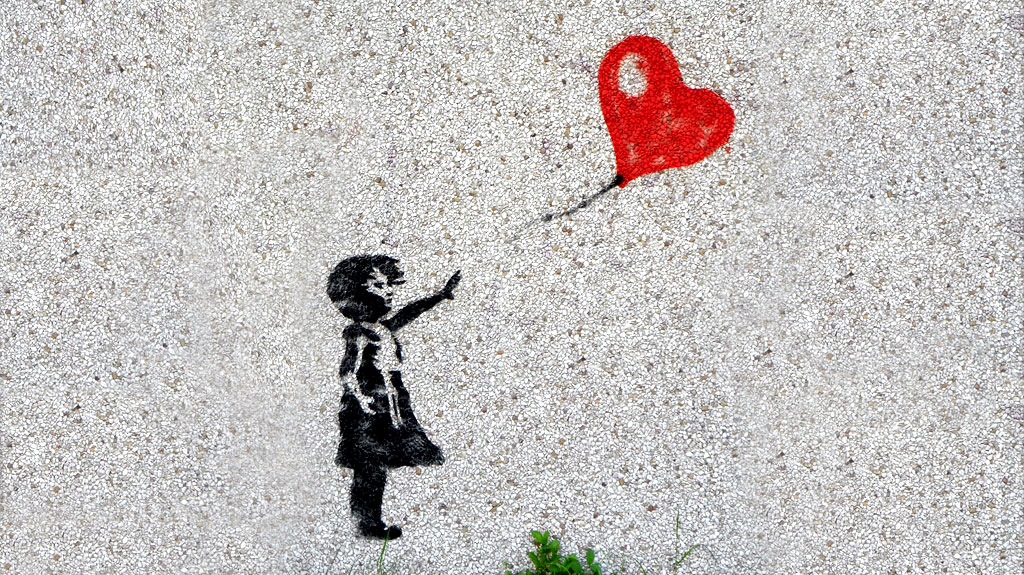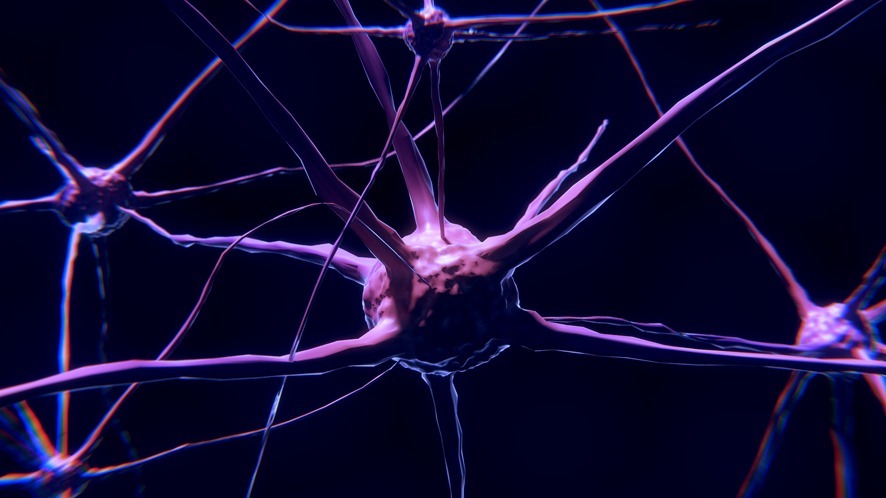Overview
Introduction
Before reading this article, please take a moment to read the introductory article in this series for some essential background knowledge. This will help make the concepts discussed here easier to understand.
In summary, we all carry certain inner conflicts — conflicting needs, feelings, and intentions. Sometimes, this creates tension, maybe even anxiety. This is normal, especially when we are aware of these conflicts. In such cases, we can choose whether to work through these conflicts within ourselves, perhaps even resolve them gradually, allowing us to better integrate them.
But what happens when we are unaware of these conflicts? Even then, inner tension builds (as psychoanalysis suggests), yet we may not fully understand where the tension, restlessness, or anxiety is coming from.
And what if we remain blind to these inner conflicts, but keep attracting people with similar issues into our lives — people who carry the same inner struggle but try to handle it in a way that opposes our own?
The opposite approach to conflict resolution we see in others often pulls us in. We’re drawn to people who manage their inner conflict in ways that feel taboo, forbidden, or threatening to us. Their way of handling it can seem almost exotic, which sparks our curiosity and attraction.
Sometimes, these are behaviors we deny ourselves, things we feel we can’t or shouldn’t allow ourselves. Take a moment to check for yourself.
At the same time, the other person may repeatedly trigger this inner conflict within us. Because in essence, they live out the very things that frighten us or create inner tension.
This pattern becomes problematic when we’re unaware of these processes and conflicts, often finding ourselves in relationships where this conflict pattern recurs.
The result is ongoing arguments where we try to work out these conflicts on the surface without having first consciously resolved them internally.
Because it’s unclear why resolution remains elusive, the empathic person in this relationship tends to experience persistent anxiety, tension, confusion, and exhaustion. Ending up in a permanent state of being overwhelmed and stressed. You could name that an empathic stress loop.
That’s why this series of articles exists – for you!
Before you read further: This article focuses not on individual differences but on unconscious conflicts within the context of empathic-narcissistic dynamics.
There are those who lean toward affection and others toward independence. This diversity can be a wonderful complement to life! We are all entitled to express these aspects of individuality.
Nothing is inherently problematic about it! If the opposing aspect of our behavior doesn’t provoke existential anxiety and inner tension on an unconscious level, it doesn’t necessarily indicate a conflict!
But it can. And that´s where we take a closer look at the first core conflict of toxic relationships.
Conflict | individuation vs. dependency
Once again, let’s start from the beginning: The underlying conflict within the individuals involved is the same — individuation vs. dependency. However, in an empathic-narcissistic relationship dynamic (= toxic relationship), each partner employs an opposing coping mode to avoid experiencing the anxiety associated with this inner conflict.
One partner may display a more active coping approach (individuation), while the other operates on the passive side (dependency) of the continuum.
In passive mode (dependency), close relationships and proximity are central, sometimes at any cost. The person in passive coping mode often feels helpless. Emotionally, existential fears of loss, separation, and loneliness can frequently resurface, deeply influencing their experiences.
In interactions, these partners may send signals or messages like, “Without you, I am nothing” or “I need you!” Their counterpart often responds with concern and a sense of responsibility. Yet over time, this can lead to fears of being overwhelmed or “taken over” by the passive mode.
The active mode (individuation), in contrast, is marked by an emphasis on emotional and existential independence as well as a strong sense of detachment. Individuals in this mode usually perceive themselves as very strong. However, they too experience existential fears, especially the fear of closeness, merging, and being absorbed by others.
Their partner in the passive mode often perceives indifference in their interactions and may feel that there is no genuine relationship concern on the part of the active mode.
Thus, relationship partners in the active mode tend to feel little need for care, sometimes leading to feelings of rejection or concern on the part of the passive mode partner.
Individuation vs. dependency in toxic relationships
As mentioned in the article on the empathic wound, highly sensitive people may come to believe they need a close person to help regulate their emotions. In my view, the empathically wounded person is more likely to fall into the passive mode (although there are always exceptions). This message, “Without you, I’m nothing!” can feel very gratifying to the narcissistic person (active mode), affirming their self-perception of strength.
This includes the empathic ideal of love, which operates with an absolute, unconditional promise—entering the relationship under the banner of love. For the narcissistic partner, this often means security and control.
The empathically wounded person may have been frustrated early in their need for healthy individuation (often their own values are unclear or suppressed), while the narcissistically wounded may lack a foundation of healthy dependence.
In both cases, their identity has been challenged. It’s likely that expressing individual needs was once associated with threatening consequences—creating taboos that evoke fear.
Within a relationship, both initially experience a strong familiarity (stemming from their unconscious conflict) and feel fascinated by each other, discovering the reflection of their own unmet, unconscious desires in each other (the opposing modes). There’s both familiarity and attraction. A “key and lock” effect.
Over time, unresolved inner conflicts lead to repeated quarrels (“How can you be like this?”). What we fear and think we cannot handle within ourselves, we try to fight externally to make it disappear—until we find a way to integrate it lovingly into our own sense of self.
For this reason, I don’t believe in simply blaming the “evil narcissist”. Pointing fingers or assigning blame keeps us from recognizing our own sore spots and from understanding the magnetic pole that drives this empathic-narcissistic attraction within ourselves. Only through self-reflection can we find reconciliation.
As long as our gaze is focused on the other, we overlook ourselves—and within our inner universe lies the only real source of change. Perhaps it helps to ask, “Why am I reacting this way? What am I afraid of?”
This doesn’t mean the empathic person is to blame or must change.
On the contrary, I believe the empathic person is already on the right path. It’s only a matter of saying a clear yes to oneself also, embracing the own beautiful individuality. Including every aspect that still waits to be embraced. Empathic people often fall into the trap of self-improvement: “I need to take this course, learn this concept, apply that idea, then I’ll…”.
In this constant pursuit of self-optimization, they often assume they’re not (yet) good enough and therefore unconsciously reject themselves. But there’s nothing to change—only to recognize, embrace, and affirm.
Example | Individuation vs. dependency in a toxic relationship
Here you´ll find the example you may already know from the basic article of this series:
Stefanie had a very dominant mother, so she often had to put her own wishes and needs aside. Sensing her mother’s needs was crucial for emotional survival (cf. empathic imprinting). This left her with little chance to grow as an individual and develop independence. Her self-image is now that of a modest, empathetic, and considerate woman, focused on others’ needs.
Her friend Viktor, however, is independent with many interests and usually does his own thing without attending to others’ needs. Due to his narcissistic imprinting, he learned early that attachment often leads to pain and is therefore risky. He was frequently told that “real boys don’t cry,” making his inner world the only safe place for him, where he alone matters, and hurtful feedback from others cannot reach him. His goal is independence.
Stefanie and Viktor share the same conflict: individuation vs. dependency. Each of them manages this in different ways when it comes to relationships. Both feel fear when encountering the other’s mode. Viktor deals with this conflict actively (individuation), while Stefanie does so passively (dependency).
A typical situation in their undefined relationship could be: Viktor plans to go sailing with friends without Stefanie. Stefanie could now consider her own (previously repressed and unconscious) needs for autonomy and decide to take her own trip (moving towards individuation).
Such steps would be new for her and thus scary. Viktor’s trip sparks a longing in her, yet it’s also scary due to past hardships. She feels her conflict and fear. Instead of pursuing her own independence, she worries about losing his attention and having to face the fear of loss alone (dependency).
Stefanie tells herself (consciously) that she supports Viktor’s trip and doesn’t want to hold him back (“this is who I am” – self-image). Subconsciously, though, she feels envy and anger about him taking the trip alone. This awakens old needs blocked by her past conditioning (toward individuation). She feels anxiety and tension. To protect her self-image and avoid facing her conflict, she deflects by blaming herself for her envy and anger (self-criticism). To keep her self-image intact, she overly encourages Viktor to take the trip (reaction formation).
She may not be fully aware of these feelings and may even feel ashamed (dependency). She also fears an argument or even a breakup if she expresses her needs openly, since she knows that Viktor would feel restricted. Instead, she remains in passive mode (dependency), indirectly reinforcing Viktor’s active mode. Thus, the balance between individuation and dependency is maintained externally, though neither of them resolves the conflict internally.
That evening, Stefanie´s body responds to inner tension with a migraine. Viktor, reluctantly, sits with her instead of packing for his trip. Stefanie gets his attention and can keep her self-image. She still encourages Viktor to go on the trip, while he feels constricted and experiences (unconscious) fear (of closeness and dependency), along with anger at feeling hindered in pursuing his independence. He is relieved once he leaves from her and – does not contact her throughout his trip.
On my YouTube channel you can find further (german) videos about defense mechanisms. You may use them with auto-generated subtitles in your language.
Finding balance | Leaving dependency & toxic relationships
The articles I write aren’t meant to be universally valid. It’s up to you alone to decide if you relate to them and can find something valuable for yourself.
If you recognize yourself in some aspects and feel that individuation is challenging, or even frightening, you may now be able to address this inner conflict more effectively using the insights from this article, as well as the article on the empathic wound. If this has increased your awareness even slightly – congratulations! That’s more than half the battle!
This process is less about making concrete changes (though they can happen) and more about raising awareness of when this conflict arises in you and accepting it! What makes your fears surface at what moment? Can you acknowledge those fears without letting them take over?
Perhaps reading this article has already brought you closer to yourself. Only when you’re aware of something can you steer it and avoid unnecessary confusion.
If you’re ready to face the challenge of balancing individuation vs. dependency in your life, consider trying the following: Nurture your individuality and independence. This will shift you away from the passive mode and closer to your core. It’s not about slipping into an active mode where dependence is rejected; rather, healthy dependence is what makes relationships possible. This is something you already possess within you. You can strengthen your active mode by placing self-responsibility at the center of your life, moving towards a more balanced existence.
Is there something you’ve always wanted to do but haven’t because of others? Do you have an adventurous idea but feel held back by fear? Or maybe there’s a creative expression you’d love to explore, something simply for the joy of it? Go for it!
Many empathic individuals hear that they’re selfish when they prioritize themselves. Yet, I encourage you to replace selfishness with self-love. It’s not selfish to care for yourself and express who you are. This is self-love, the foundation for love and compassion for others! As such, I want to make one thing clear at the end of this article: don’t let others accuse you of selfishness if you’re acting out of self-love!
Often, the environment or partners of empathic individuals have become so accustomed to the empath withdrawing that they resist when the empath retains their energy and individuates. They may not want this to change. They don’t want the empathic person to take care of themselves, pursue their dreams, or redirect their energy.
Consciously or unconsciously, those around you may have come to rely on your energy to maintain relationships, family systems, or friendships without investing their share. And so they might resort to labeling your self-care as egoism to hold you back.
Because your self-love would mean they, too, would need to contribute their part to these connections. Interaction always requires at least two people. As long as you carry the load, they can stay comfortable (you can also read more on this in my article about Energy Vampirism).
Additionally, my book serves as an incredible guide. It gathers all mechanisms of toxic relationships in one comprehensive work, including steps for leaving these dynamics!
Believe me – you hold an incredible amount of energy within you, and a loving quality you might not yet fully recognize. Can you see that this energy is primarily for you? Otherwise, it wouldn’t be within you. This energy is meant to support your life’s journey and help you unfold your path. It empowers you to do what you love and what strengthens you. Put yourself first! Not second.
Then, you can overflow and share what’s been given to you and what you’ve created – like a vessel that’s now full – and in abundance. Because you’ve learned to fill and value yourself. This is a step towards individuation.
I hope this article has helped you on your path towards self-empowerment. I wish you great success on your journey and all the love!
Namasté,
Yours, Kristina









